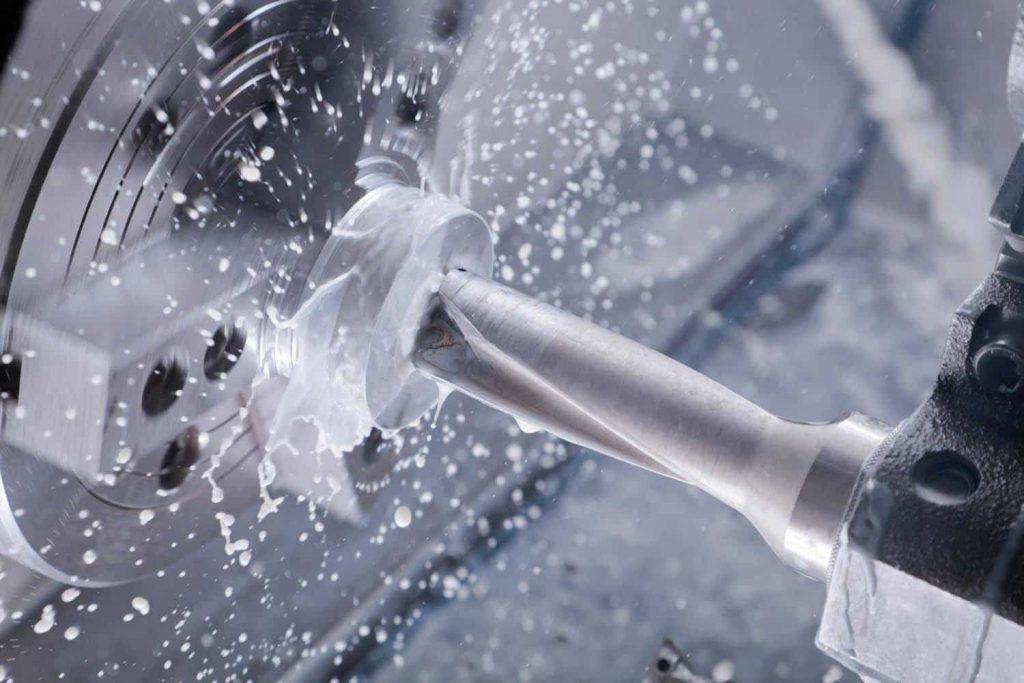Depending on the required aesthetic and functional qualities, you can finish your plastic parts using a variety of techniques. The following are a few of the most popular finishing techniques:
- Plating: Placing a thin layer of metal on the surface of a plastic part is known as plating. This can be used to increase wear resistance, corrosion resistance, or electrical conductivity.
- Painting: Painting is a popular method for giving plastic parts color and environmental protection. Depending on the desired finish, a range of paint kinds and application techniques can be utilized.
- Mold texturing: This entails adding texture to the part's surface during the molding process. This may be done to increase grip, lessen friction, or add aesthetic appeal.
- Deburring:Deburring is the procedure used to remove burrs and jagged edges from plastic parts. This may be done for the part's safety or to make it seem better.
- Polishing: A plastic part's surface is smoothed during the polishing process. This might be done to enhance the part's look, lessen friction, or make cleaning it simpler.
Other finishing techniques that can be used on plastic parts include:
- Ultrasonic welding: This entails melting and fusing the surfaces of two or more plastic parts together using ultrasonic vibrations. Strong and long-lasting joints can be made using this.
- Heat sealing: In order to link two or more plastic parts together, this entails melting their surfaces together. Seals that are both water- and air-tight can be made with this.
- Adhesive bonding: This entails employing an adhesive to connect two or more plastic parts together. Strong and long-lasting joints can be made using this.
After giving each of these things some thought, you can begin to select the best finishing method for your plastic parts.
